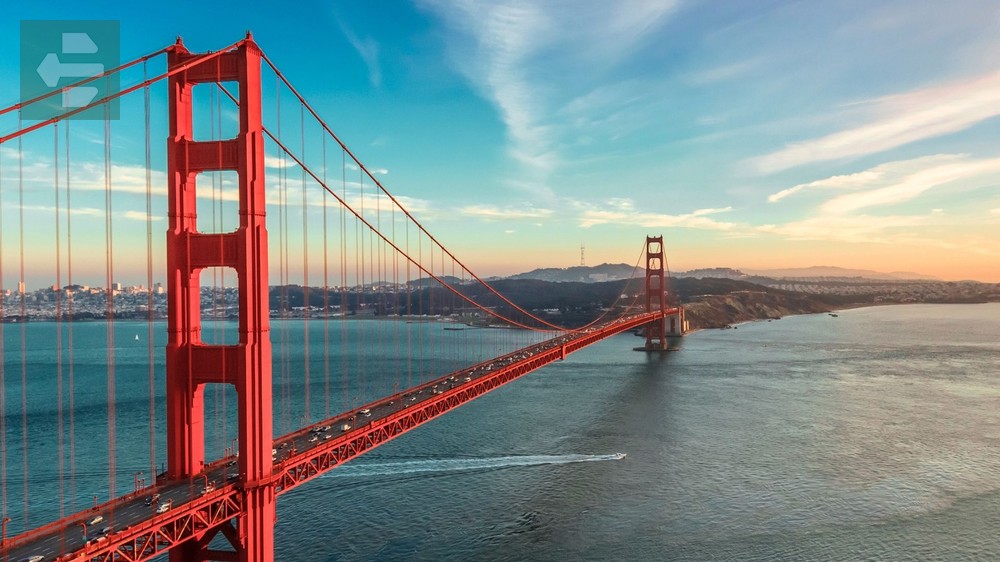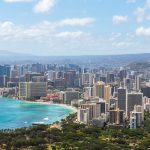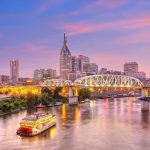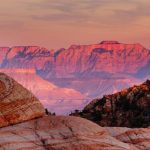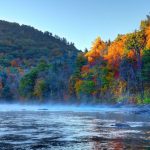North California offers diverse landscapes that stretch from ancient redwood forests to volcanic peaks and pristine coastlines. The region includes iconic destinations like Yosemite National Park, the towering trees of Avenue of the Giants, dramatic Big Sur coastlines, and charming wine country in Napa County. Other remarkable spots include Mount Shasta's volcanic majesty, Glass Beach's colorful shores, and San Francisco's urban attractions.
Keep reading as we explore the best places to visit in North California that showcase the region's natural wonders, historic towns, and unforgettable experiences waiting around every bend.
List of Contents
- 1. Yosemite National Park: Granite Cathedral
- 2. Redwood National and State Parks: Living Giants
- 3. Big Sur: Edge of the Continent
- 4. San Francisco: City of Hills and Fog
- 5. Avenue of the Giants: Cathedral Drive
- 6. Mount Shasta: Volcanic Sentinel
- 7. Lassen Volcanic National Park: Land of Fire and Ice
- 8. Point Reyes National Seashore: Edge of Tomorrow
- 9. Napa County: Valley of the Vine
- 10. Mendocino Coast Botanical Gardens: Blooms by the Sea
- 11. Glass Beach: Nature's Recycling
- 12. Nevada City: Gold Rush Relic
- 13. Ferndale: Victorian Village
- 14. Healdsburg: Wine Country Charmer
- Your North California Adventure Awaits
1. Yosemite National Park: Granite Cathedral
Half Dome rises 4,737 feet above the valley floor, its sheer granite face carved by glaciers over millions of years. Yosemite Falls drops 2,425 feet in three sections, creating mist that catches morning light like scattered diamonds.
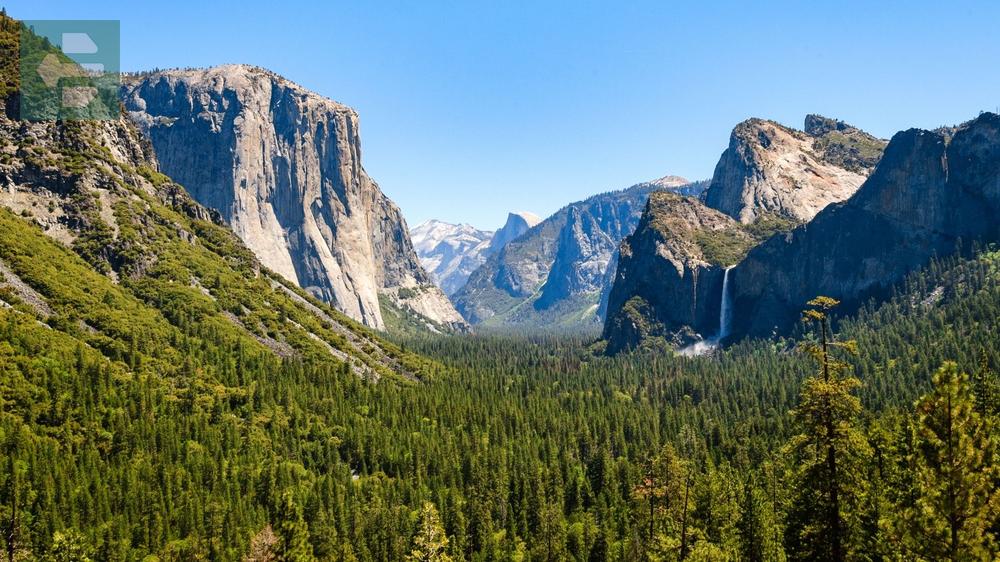
The park transforms with each season. Spring brings thundering waterfalls at peak flow. Summer offers warm days perfect for hiking, though crowds fill the valley. Fall delivers crisp air and golden aspens.
I remember standing at Tunnel View at sunrise, watching light creep across El Capitan's face. That moment reminded me why John Muir called this place a temple.
Quick Facts:
- Peak Season: May-September
- Access: Highway 120, 140, or 41 from various directions
- Entrance Fee: From $35 per vehicle
- Suggested Stay: 3-4 days
- Key Areas: Yosemite Valley, Tuolumne Meadows, Mariposa Grove, Half Dome
2. Redwood National and State Parks: Living Giants
These coastal redwoods have stood for over 2,000 years, some reaching heights of 380 feet. The tallest trees on Earth grow here in the fog belt, where Pacific mist provides essential moisture during dry summers.
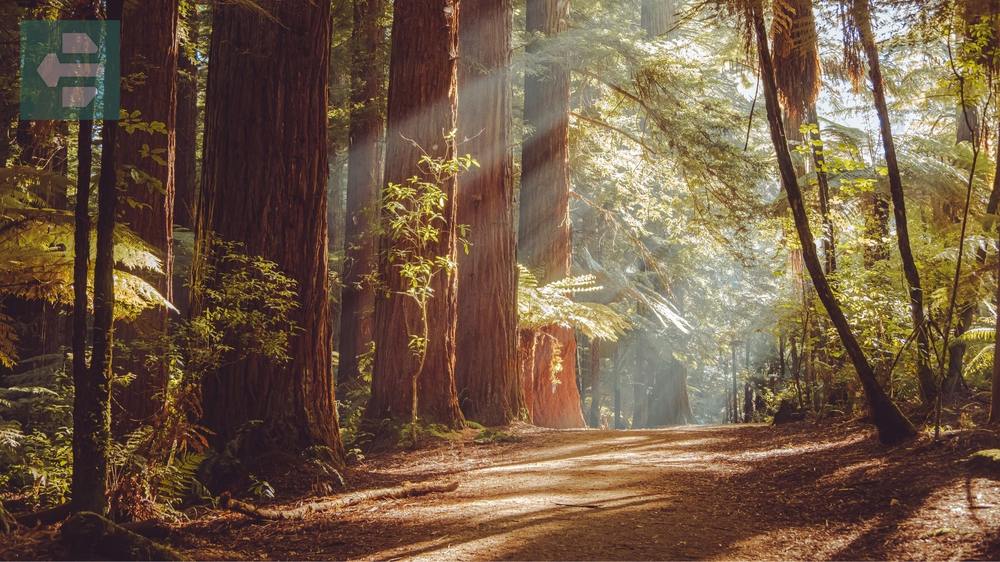
Prairie Creek trails wind through cathedral-like groves where sunlight filters through the canopy in golden shafts. Roosevelt elk graze in meadows while the ocean crashes against rocky shores just miles away.
The best light comes in early morning when fog lifts and reveals the true scale of these ancient sentinels.
Quick Facts:
- Peak Season: June-September
- Access: Highway 101 through Crescent City or Eureka
- Entrance Fee: Free to parks, some day-use fees apply
- Suggested Stay: 2-3 days
- Key Areas: Prairie Creek, Jedediah Smith, Del Norte Coast, Tall Trees Grove
3. Big Sur: Edge of the Continent
Highway 1 cuts a narrow ribbon between the Santa Lucia Mountains and the Pacific Ocean for 90 miles of the most dramatic coastline in America. Waves crash against rocky shores 200 feet below while condors soar overhead.
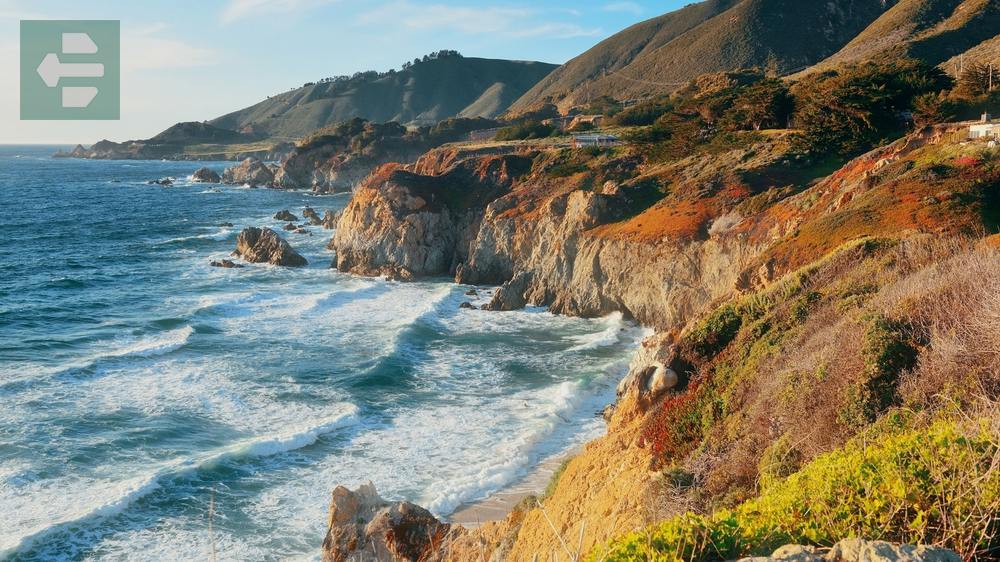
McWay Falls drops 80 feet directly onto the beach, creating one of the few waterfalls that reach the ocean in California. Bixby Creek Bridge spans a deep canyon, offering views that stretch to the horizon.
Drive slowly here. The road demands respect, and the views deserve time.
Quick Facts:
- Peak Season: April-October
- Access: Highway 1 from Carmel or San Luis Obispo
- Entrance Fee: Various state park fees from $10
- Suggested Stay: 2-3 days
- Key Areas: McWay Falls, Bixby Bridge, Hearst Castle, Point Sur Lighthouse
4. San Francisco: City of Hills and Fog
San Francisco rises from the bay on 43 hills, each neighborhood offering a different perspective on this compact city. The Golden Gate Bridge spans the entrance to the bay, often wrapped in fog that rolls in from the Pacific.
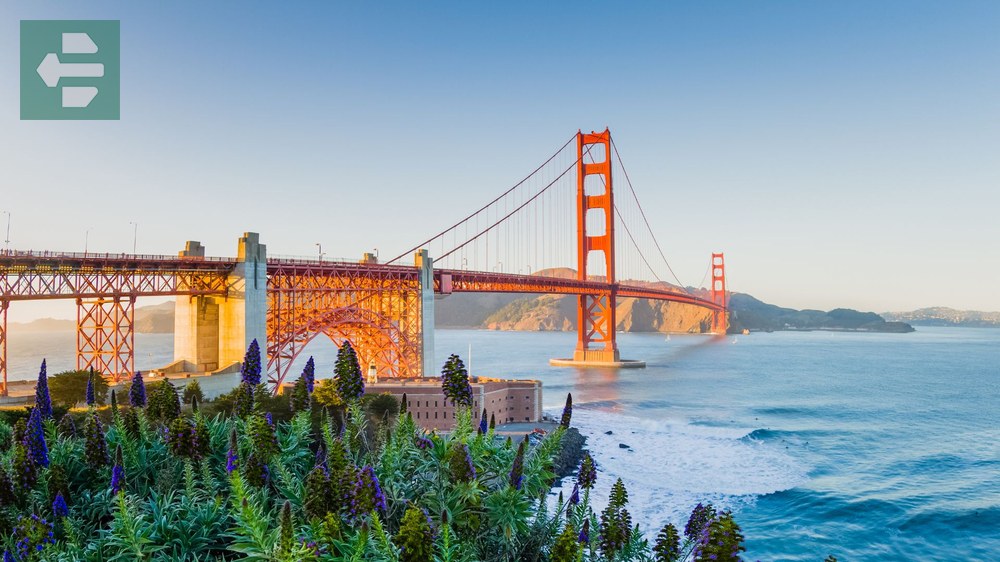
Cable cars still climb the steepest streets, their bells clanging as they navigate grades up to 17 percent. Alcatraz Island sits in the bay, its abandoned prison cells telling stories of notorious inmates and daring escape attempts.
Locals know to dress in layers. Mark Twain never actually said it, but San Francisco's summers are indeed cold.
Quick Facts:
- Peak Season: September-November
- Access: San Francisco International Airport, Highway 101
- Entrance Fee: Various attraction fees
- Suggested Stay: 3-5 days
- Key Areas: Golden Gate Bridge, Alcatraz, Fisherman's Wharf, Chinatown, Union Square
5. Avenue of the Giants: Cathedral Drive
This 31-mile scenic drive parallels Highway 101 through Humboldt Redwoods State Park, winding between trees that were growing when Rome was an empire. Some trunks measure 20 feet in diameter at their base.

Several drive-through trees offer the novelty of steering your car through a living giant, though most vehicles require folded mirrors to fit. The Chandelier Tree stands 315 feet tall with a tunnel carved through its base in the 1930s.
Stop the engine occasionally and listen. The silence in these groves feels different from anywhere else on Earth.
Quick Facts:
- Peak Season: May-October
- Access: Highway 101 north of Garberville
- Entrance Fee: Free (drive-through trees charge fees)
- Suggested Stay: Half day to 1 day
- Key Areas: Founders Grove, Rockefeller Forest, Myers Flat, Drive-Through Trees
6. Mount Shasta: Volcanic Sentinel
Mount Shasta rises 14,179 feet from the Cascade Range, its snow-capped peak visible from 150 miles away on clear days. This volcanic giant last erupted 3,500 years ago but remains part of the active Cascade Volcanic Arc.

Five glaciers cling to its slopes year-round. Avalanche Gulch provides the standard climbing route, though it requires mountaineering skills and proper equipment. Whitney Creek Falls drops 250 feet down the mountain's eastern face.
At 6 a.m. on a July morning, I watched alpenglow paint the summit pink while the valley still lay in shadow. That's when you understand why this mountain inspires reverence.
Quick Facts:
- Peak Season: June-September
- Access: I-5 to Mount Shasta City, then Highway A10
- Entrance Fee: Free access, no permits required for day hiking
- Suggested Stay: 2-3 days
- Key Areas: Panther Meadows, Bunny Flat, Castle Lake, Whitney Falls
7. Lassen Volcanic National Park: Land of Fire and Ice
Lassen Peak erupted as recently as 1915, making it one of only two volcanoes to erupt in the contiguous United States during the 20th century. The park contains all four types of volcanoes found on Earth.
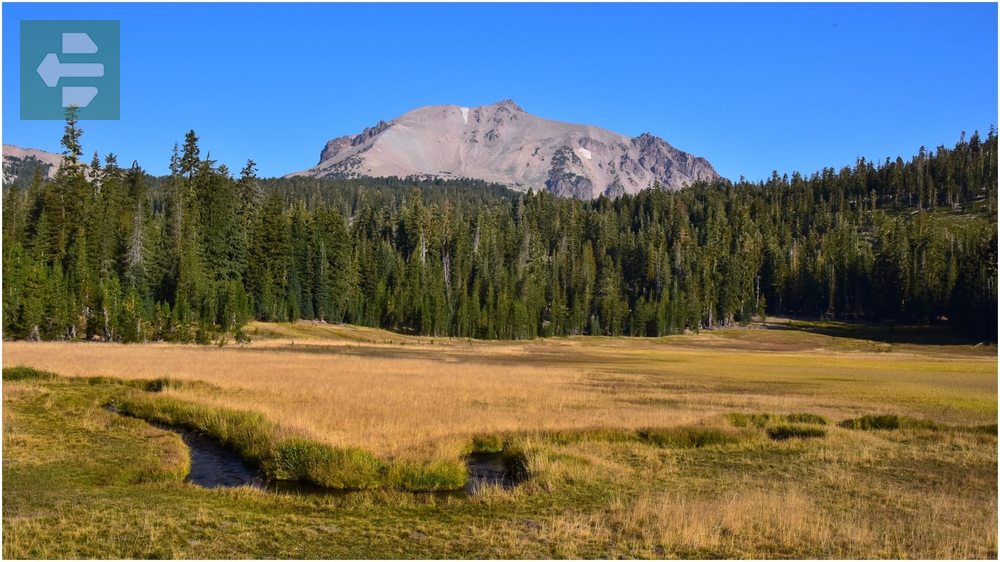
Bumpass Hell bubbles with hot springs, fumaroles, and mud pots that reach temperatures of 200 degrees Fahrenheit. The sulfur smell hits you before you see the steaming vents. Cinder Cone rises 700 feet above the Fantastic Lava Beds, its perfectly shaped crater formed by volcanic activity 350 years ago.
Snow closes the main park road from December through May, making summer the prime visiting season.
Quick Facts:
- Peak Season: July-September
- Access: Highway 44 from Redding or Highway 36 from Red Bluff
- Entrance Fee: From $30 per vehicle
- Suggested Stay: 2-3 days
- Key Areas: Lassen Peak, Bumpass Hell, Cinder Cone, Manzanita Lake
8. Point Reyes National Seashore: Edge of Tomorrow
Point Reyes Peninsula sits on the Pacific Plate, moving northwest at two inches per year along the San Andreas Fault. The 1906 San Francisco earthquake shifted the land here 20 feet in a single moment.
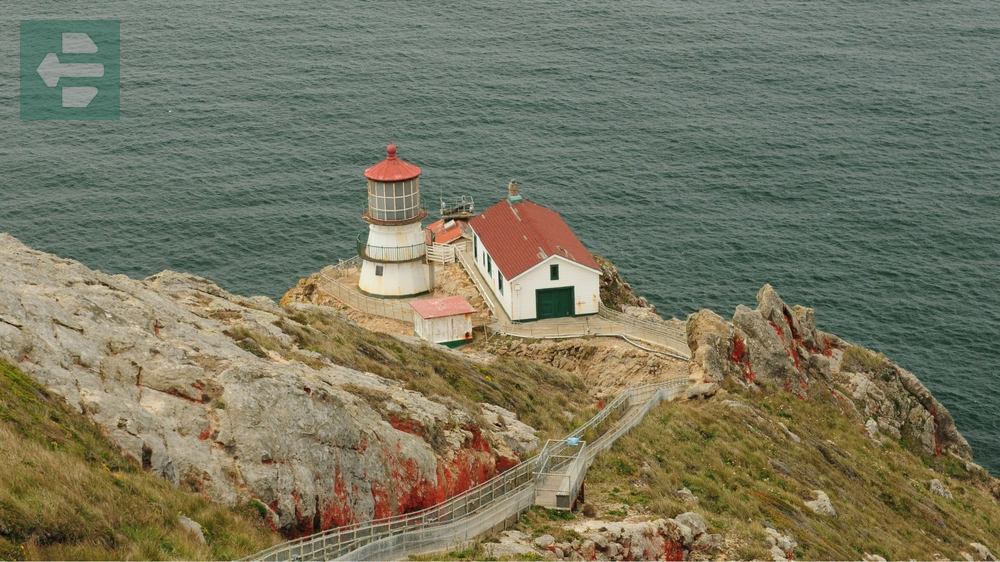
The lighthouse perches on cliffs 300 feet above the Pacific, accessible by a steep trail with 308 steps. Gray whales migrate past these shores twice yearly, and elephant seals haul out on the beaches to breed and molt.
Fog rolls in most summer afternoons, so morning visits offer the clearest views and calmest conditions.
Quick Facts:
- Peak Season: April-October
- Access: Highway 1 north from San Francisco
- Entrance Fee: Free
- Suggested Stay: 1-2 days
- Key Areas: Point Reyes Lighthouse, Drakes Beach, Tomales Bay, Bear Valley
9. Napa County: Valley of the Vine
Napa Valley stretches 30 miles between the Mayacamas and Vaca mountain ranges, its Mediterranean climate perfect for growing wine grapes. Over 400 wineries operate here, from grand estates to family cellars tucked into hillsides.

The valley floor sits at 200 feet elevation while vineyards climb slopes to 2,000 feet, creating diverse microclimates within a compact area. Cabernet Sauvignon thrives in the warmer southern sections while Pinot Noir prefers the cooler northern reaches.
Harvest season in September brings the valley alive with activity as crews pick grapes in the early morning hours before temperatures rise.
Quick Facts:
- Peak Season: September-November (harvest), April-June
- Access: Highway 29 or Silverado Trail from San Francisco
- Entrance Fee: Tasting fees vary by winery
- Suggested Stay: 2-4 days
- Key Areas: St. Helena, Yountville, Calistoga, Oakville, Rutherford
10. Mendocino Coast Botanical Gardens: Blooms by the Sea
These 47 acres of cultivated gardens sit directly on ocean bluffs, making this one of the few botanical gardens in the world located on a coastline. Salt air and mild temperatures create perfect conditions for plants that struggle in hotter inland climates.

The dahlia collection peaks in August and September with 150 varieties displaying dinner-plate-sized blooms in every color imaginable. Rhododendrons flower in spring while camellias bloom throughout winter, ensuring something spectacular in every season.
Paths wind through themed gardens to clifftop viewpoints where waves crash 100 feet below.
Quick Facts:
- Peak Season: April-October (extended hours Friday-Saturday evenings)
- Access: Highway 1, one mile south of Fort Bragg
- Entrance Fee: Varies by season
- Suggested Stay: 2-3 hours
- Key Areas: Dahlia Garden, Rhododendron Collection, Coastal Bluffs, Heritage Rose Garden
11. Glass Beach: Nature's Recycling
What started as a garbage dump has become one of California's most unusual beaches. For decades, residents dumped trash on these cliffs until the ocean reclaimed it, tumbling broken glass and pottery into smooth, colorful gems.

The beach glitters with sea glass in shades of green, brown, and blue, with occasional rare pieces in red or purple. Waves continue polishing new pieces while depositing others on the shore with each tide.
Take only photographs here. The glass belongs to this place, and removing it diminishes the experience for future visitors.
Quick Facts:
- Peak Season: Year-round
- Access: Glass Beach Road off Highway 1 in Fort Bragg
- Entrance Fee: Free
- Suggested Stay: 1-2 hours
- Key Areas: Main Glass Beach, adjacent tide pools, Coastal Trail
12. Nevada City: Gold Rush Relic
Nevada City's Victorian buildings line narrow streets that haven't changed much since 1849, when prospectors flooded these Sierra Nevada foothills seeking gold. The Nevada Theatre, built in 1865, still hosts performances and claims to be California's oldest theater building.

Broad Street climbs uphill past restored buildings now housing cafes, bookshops, and galleries. The National Hotel has operated continuously since 1856, its rooms filled with antique furniture and stories of the Wild West.
Walk these streets in the morning before shops open, when mist rises from the Yuba River and you can almost hear the echo of mining equipment from the gulches above town.
Quick Facts:
- Peak Season: April-October
- Access: Highway 49 northeast of Sacramento
- Entrance Fee: Free to explore downtown
- Suggested Stay: 1-2 days
- Key Areas: Historic Downtown, Nevada Theatre, South Yuba River, Empire Mine
13. Ferndale: Victorian Village
Ferndale sits in the Eel River Valley, surrounded by dairy farms and redwood forests. The entire downtown area is a State Historical Landmark, its colorful Victorian buildings preserved exactly as they appeared in the 1890s.

Main Street looks like a movie set, with ornate gingerbread trim and bay windows on every building. The Ferndale Repertory Theatre occupies a restored 1892 opera house where traveling performers once entertained loggers and farmers.
This town moves at the pace of another century. That's precisely its charm.
Quick Facts:
- Peak Season: May-October
- Access: Highway 211 from Highway 101
- Entrance Fee: Free to explore
- Suggested Stay: Half day to 1 day
- Key Areas: Main Street Historic District, Ferndale Cemetery, Eel River Delta
14. Healdsburg: Wine Country Charmer
Healdsburg sits at the confluence of three wine regions: Russian River Valley, Dry Creek Valley, and Alexander Valley. The town square, surrounded by tasting rooms and restaurants, serves as the social center for this agricultural community.

Pinot Noir from the Russian River Valley, Zinfandel from Dry Creek, and Cabernet Sauvignon from Alexander Valley all meet here in downtown tasting rooms. Farmers markets fill the square with local produce, artisan breads, and olive oils.
The Russian River flows just blocks from downtown, offering swimming holes and canoe rentals when wine tasting requires a break.
Quick Facts:
- Peak Season: April-October
- Access: Highway 101 north of Santa Rosa
- Entrance Fee: Tasting fees vary
- Suggested Stay: 2-3 days
- Key Areas: Town Square, Russian River, Dry Creek Valley, Alexander Valley
Your North California Adventure Awaits
The best places to visit in North California offer experiences that range from standing beneath 2,000-year-old redwoods to watching sunset paint granite cliffs gold. Whether you seek the urban sophistication of San Francisco, the natural grandeur of Yosemite, or the quiet charm of Victorian villages, this region delivers memories that last a lifetime.
Pack layers for changing weather. Bring a camera for landscapes that seem impossible. Most importantly, allow extra time—North California's beauty demands it.
The road ahead promises waterfalls that thunder, wines that tell stories of their soil, and mountains that humble even the most seasoned traveler. Your next great adventure begins here.
